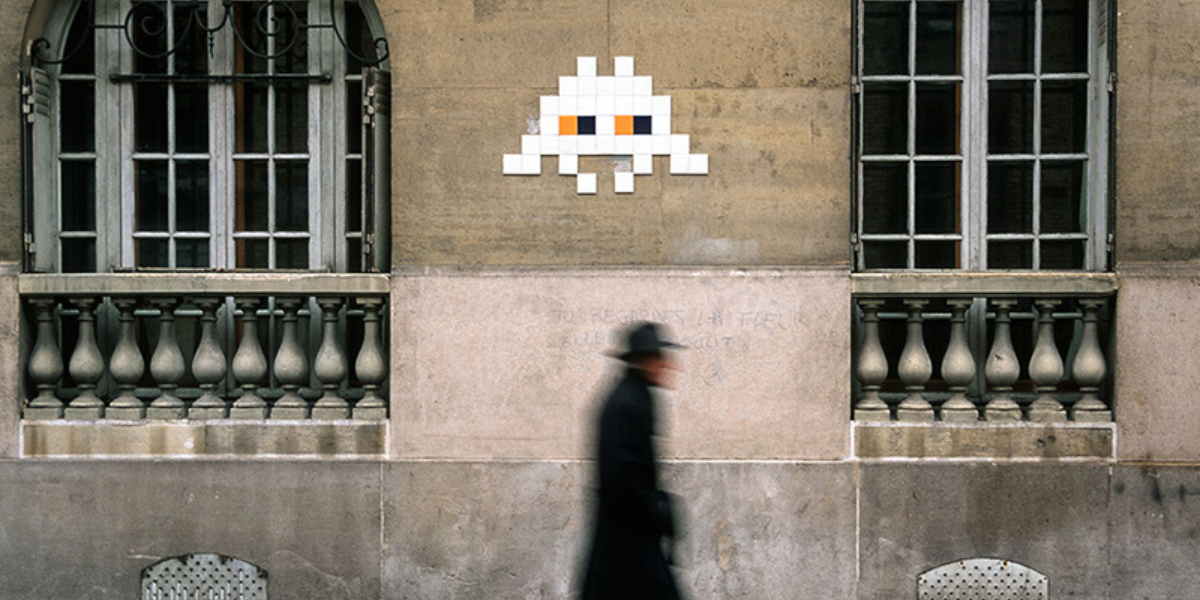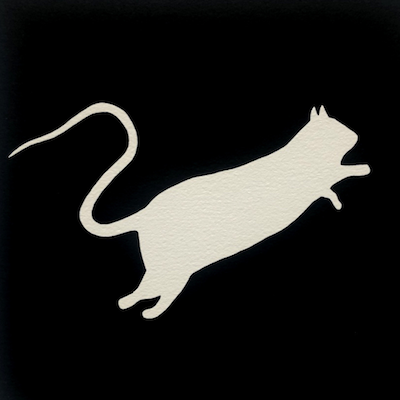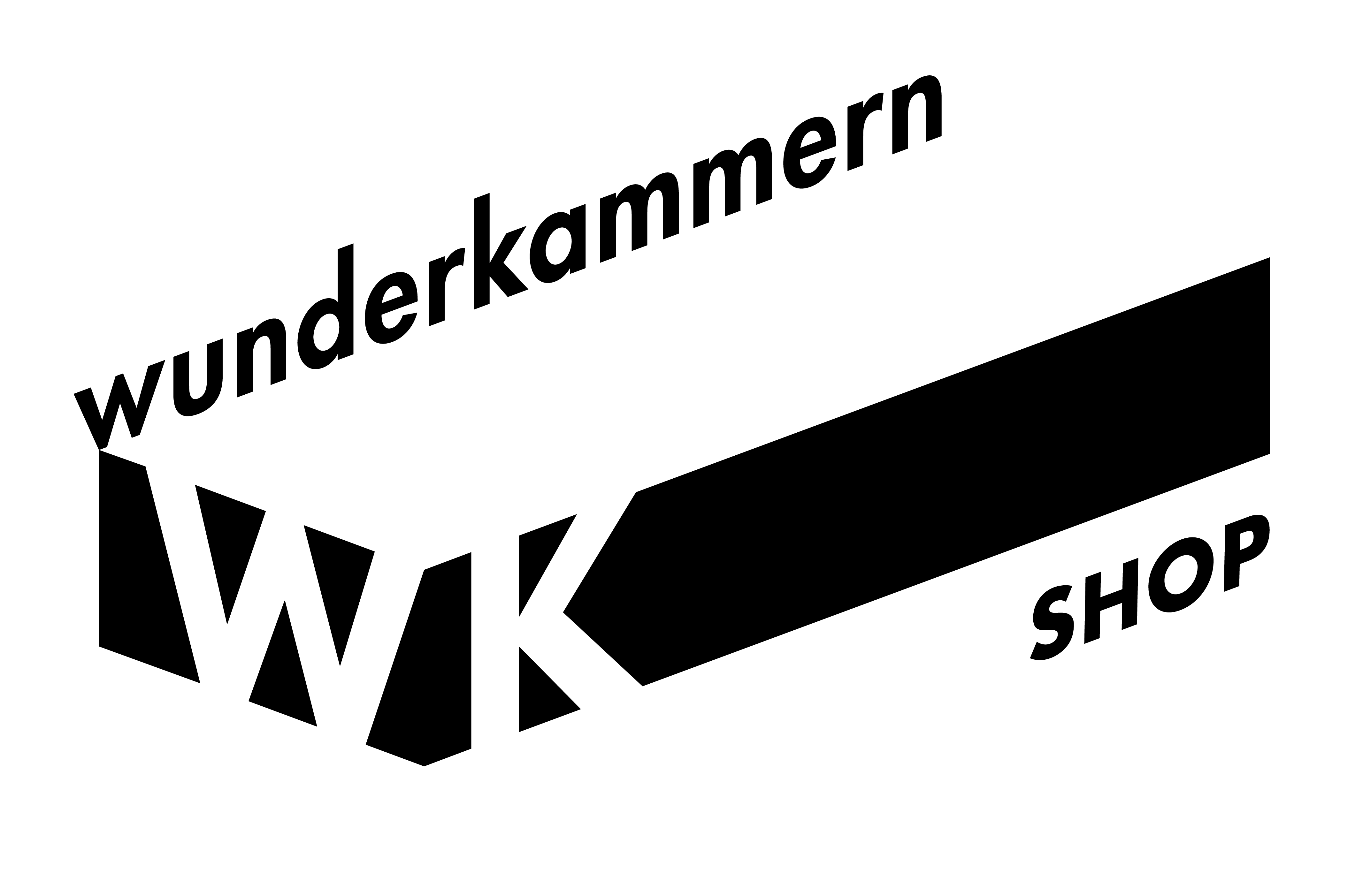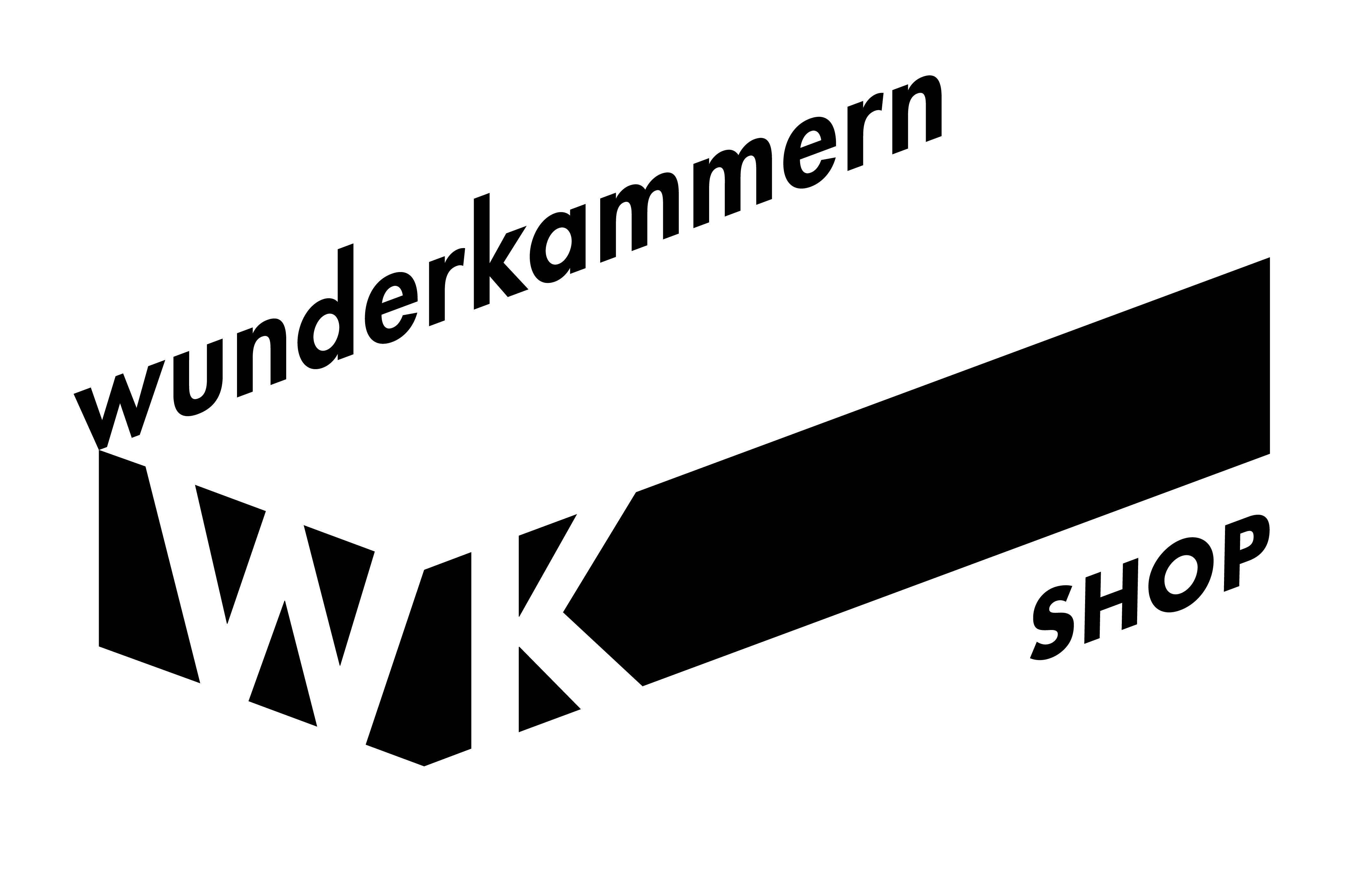
When we think of street art, we usually imagine something to look at: a mural that brightens up a neighborhood, a mosaic that surprises us on a street corner, an artistic gesture that transforms the urban landscape. But for Invader, one of the most iconic street artists on the international scene, simply looking is not enough. His art must be played.
Invader has turned cities into a giant open-air video game, where each mosaic is a level to unlock, a prize to win, a piece of a collective archive in constant expansion.
Flash Invaders: street art in your pocket
In 2014, Invader launched Flash Invaders, a free app that allows users to “capture” mosaics scattered around the world. By pointing a smartphone at one of the more than 4,000 Space Invaders installed in over 80 cities, players earn points and climb a global ranking alongside thousands of others.
It’s not just a game: it’s also a way to map and archive the artworks, protecting them from time and theft. Every scanned mosaic becomes part of a shared digital register, built together with the community.
In practice, Invader has transformed the act of seeing into a participatory gesture, where the public becomes co-author of his artistic memory.
Invasion Maps: alternative geographies
Alongside the digital, Invader has also created the Invasion Maps, real paper guides that collect the mosaics of each city. They are at once artist catalogues, travel manuals, and collector’s items.
Browsing through one of these maps, a city like Paris, Rome, or Los Angeles no longer appears as we know it: it becomes an urban playground, a labyrinth of pixels to discover. Each tile is a story, a memory, a fragment of urban identity.
Gamification: from art to play (and back)
Invader’s genius lies in understanding that street art is not just an image, but an experience. With Flash Invaders and his maps, he has applied the logic of game design to art: scores, levels, challenges, community.
His art works like a collective video game, where the real reward is not the points, but the chance to explore cities in a new way, to look beyond the surface, and to feel part of a shared narrative.
Digital memory and global community
Urban art is fragile: mosaics can be removed, damaged, or forgotten. But thanks to technology, Invader has created a living archive that continues to grow and renew itself.
Every user playing Flash Invaders, every collector preserving a map, helps to keep this memory alive. It is no longer just the work of one artist: it is an ecosystem of stories, images, and memories belonging to a global community.
Participatory street art, today and tomorrow
Invader has taken street art beyond the concept of a visual artwork. He has made it participatory, interactive, playful. He has shown that art can engage with the logics of gaming and the digital world without losing its poetic power.
In a world where contemporary art questions its future — from NFTs to augmented reality — Invader has already found his answer: each mosaic is a tile in an endless game, an invasion that never stops.
Because with Invader, it’s never game over. It’s always game on.




 Register
Register
